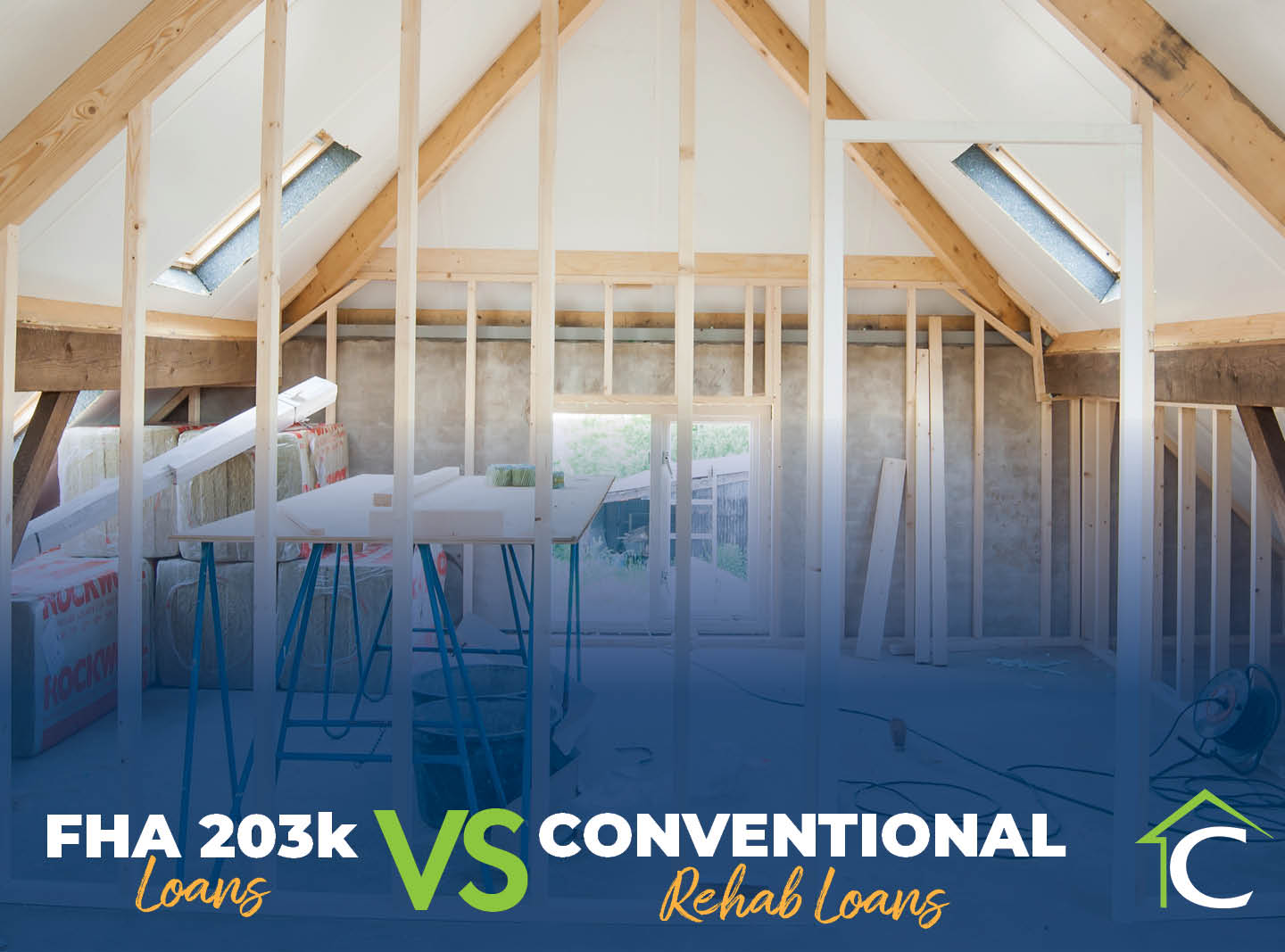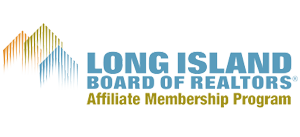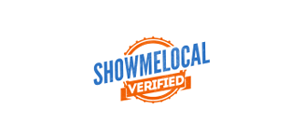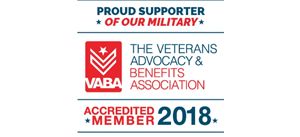U.S. Department of Agriculture (USDA) loans and Federal Housing Administration (FHA) loans have similar, yet distinct requirements. USDA loans are specifically for low- to moderate-income families in rural areas, while the FHA program is open to everyone, regardless of specific finances or a home's geographical location.
The following is an overview and comparison of the two programs:
FHA Loans Have Higher Income Limits
FHA loans are available to basically everyone, with no minimum or maximum income limits.
USDA loans only apply for those with moderate to low incomes, relative to their areas. There are two programs available from the USDA, each with separate income requirements: Its Guaranteed Home Loan program is serviced by a lender, such as Contour Mortgage, and benefits moderate-income applicants. Its Direct Loan program is serviced by the USDA, and open to low- and very-low-income borrowers.
The easiest way to see if you are qualified is to use the USDA's online Single Family Housing Income Eligibility tool. Simply select the type of mortgage you’re interested in at the top of the screen, and choose the property’s location.
Properties Must Be “Safe and Sanitary”
The USDA program was created specifically for suburban and rural-use cases, so it's only applicable for properties in low-population areas. These guidelines vary from area to area, so the best way to discover if your property qualifies is to check through the aforementioned eligibility tool, or consult with your broker. Just remember: You can’t buy a home in the middle of a metropolitan area, like New York City!
In order to qualify, the residence must be a single-family home and deemed “safe and sanitary,” a determination made by a state-licensed home inspector. While the exact requirements vary from state to state, it’s typical for the inspector to check the following for proper function:
- Plumbing, Water & Sewage
- Heating & Cooling
- Electrical Systems
- Structural Soundness
The home may also need a termite inspection to ensure it doesn’t have any damage or infestations, but this stipulation can be waived, depending on the state.
The FHA program also has minimum property standards specified by the U.S. Department of Housing and Urban Development (HUD). A HUD licensed inspector will conduct a walk-through and appraisal process to determine the home’s value and safety.
There’s a specific checklist the appraiser must verify, which includes many of the same items as the USDA inspection. If the house needs some repairs, it’s not an issue for the FHA, as they’ll include these in the mortgage. The issues just can’t be anything major, such as a cracked foundation, for example.
FHA Credit Requirements Are Lenient
Of the two programs, FHA loans have the more lenient credit score requirements. Borrowers ranking below 579 can obtain approval, but they’ll have to come up with a 10% down payment. 3.5% down payments are possible, but require a credit score of at least 580.
USDA loans are more often obtained by borrowers with a score above 640, although applicants with a lower score can be accepted, on case-by-case basis.
USDA Has Lower Down Payment Options
Although both programs offer home-buyers low down payments, the USDA wins in this category. They enable borrowers to secure mortgages with no money up front, in many cases. The lowest down payment offered by the FHA is a 3.5% option for borrowers with a credit score above 580.
FHA Has More Expensive Insurance
Both programs require up-front, annual fees as insurance on the loan, in addition to the normal interest payments, although the specific rates vary.
The USDA requires an up-front fee of 1% of the loan value and an additional 0.35% of the loan value every year, while the FHA requires a 1.75% initial payment and between 0.45% and 1.05% annually.
The terms of the interest for the two differ. FHA loans always have insurance premiums—even with a 20% or more down payment—but the rates lower as the down payment increases. USDA loans only require Private mortgage Insurance (PMI) if the borrower puts less than 20% down, and the insurance payments will stop as soon as the borrower has paid off 20% of the purchase price.
Interest rates vary by lender, but can go as low as 4% for FHA loans, and as low as 3.25% for USDA mortgages, as of early 2019.
USDA Is Better for Rural Areas
Which of these programs is better? It depends where you live. If you’re going to be purchasing property in a rural area, the USDA program typically offers better rates, with lower down payment options. As always, before making a decision, you should talk to a qualified lender. Contact a Contour Mortgage broker, today.

















